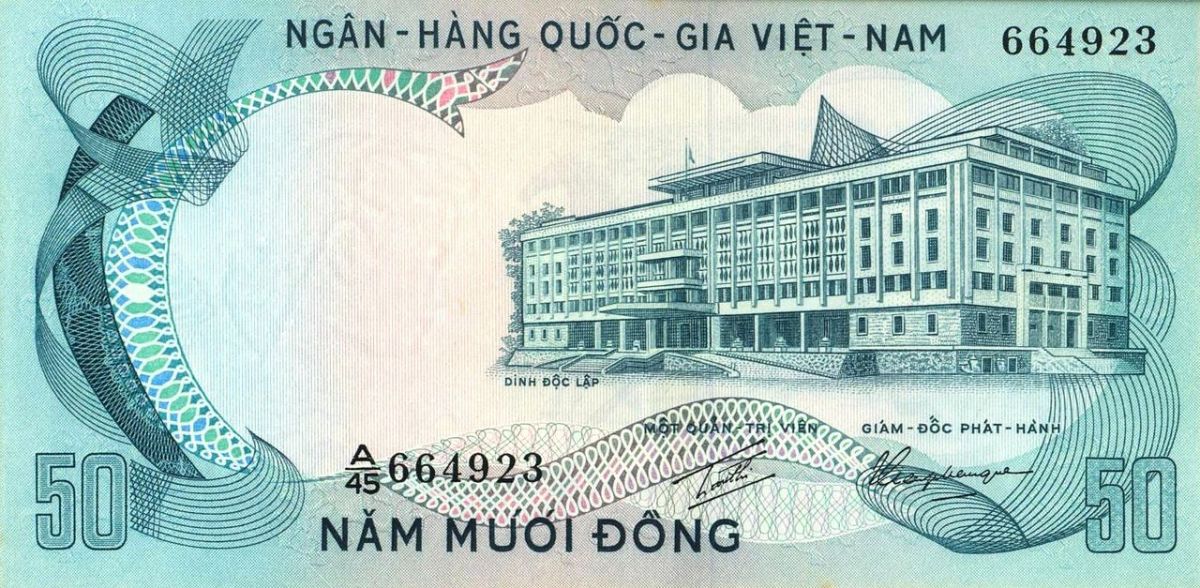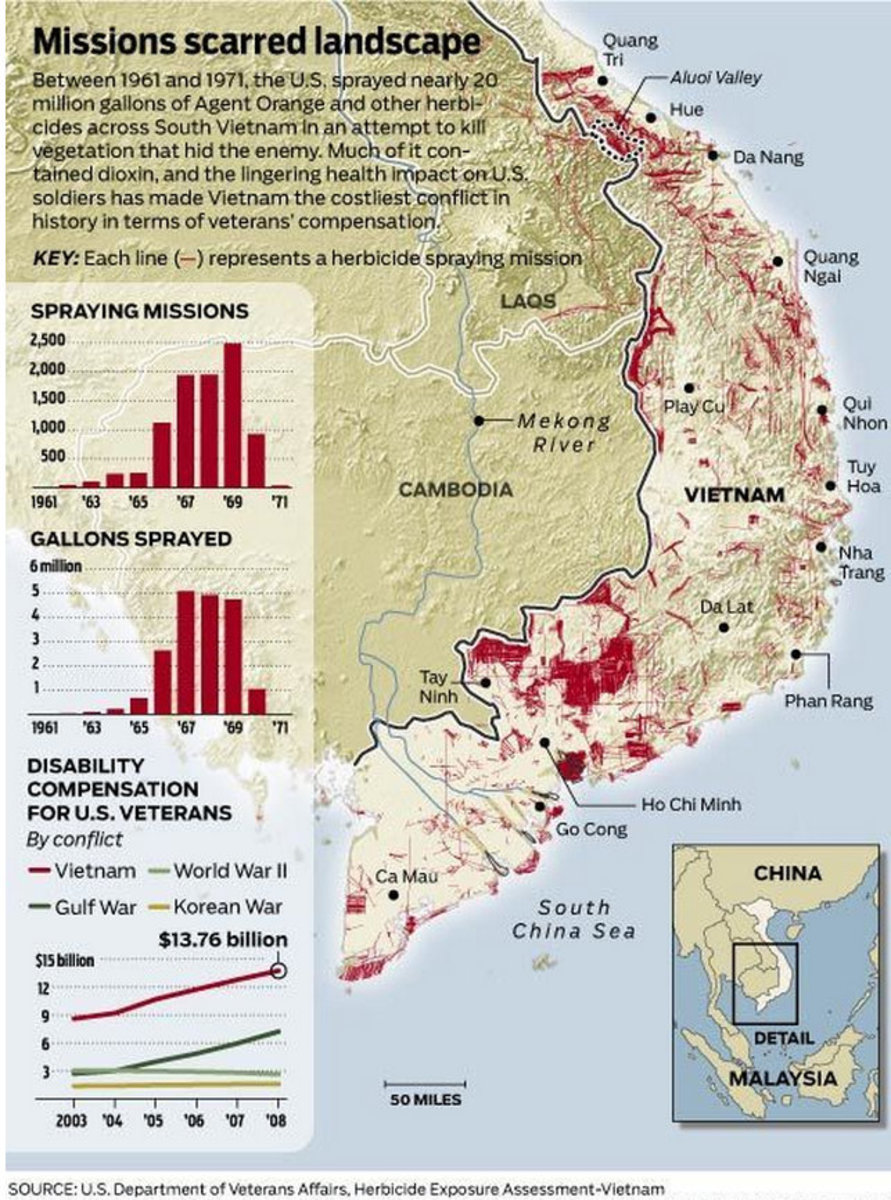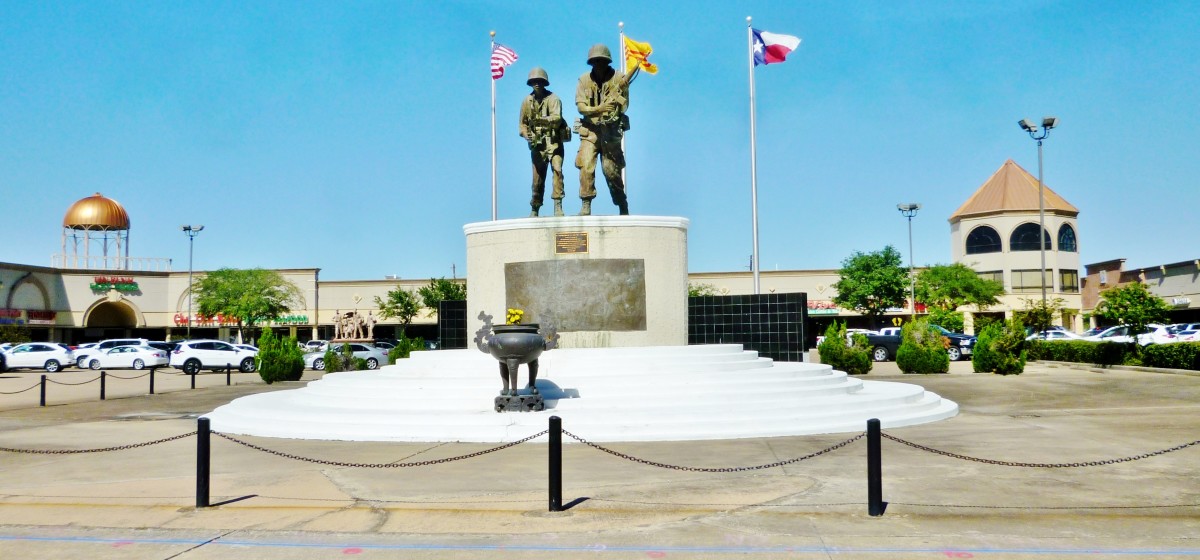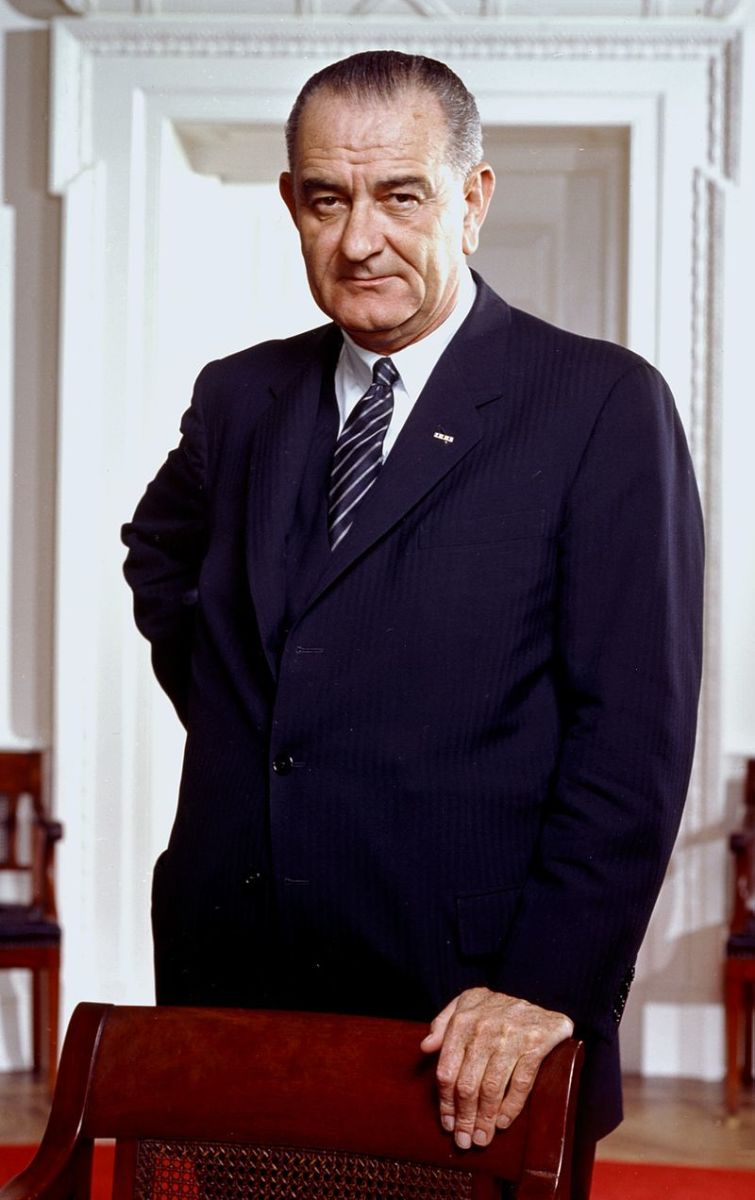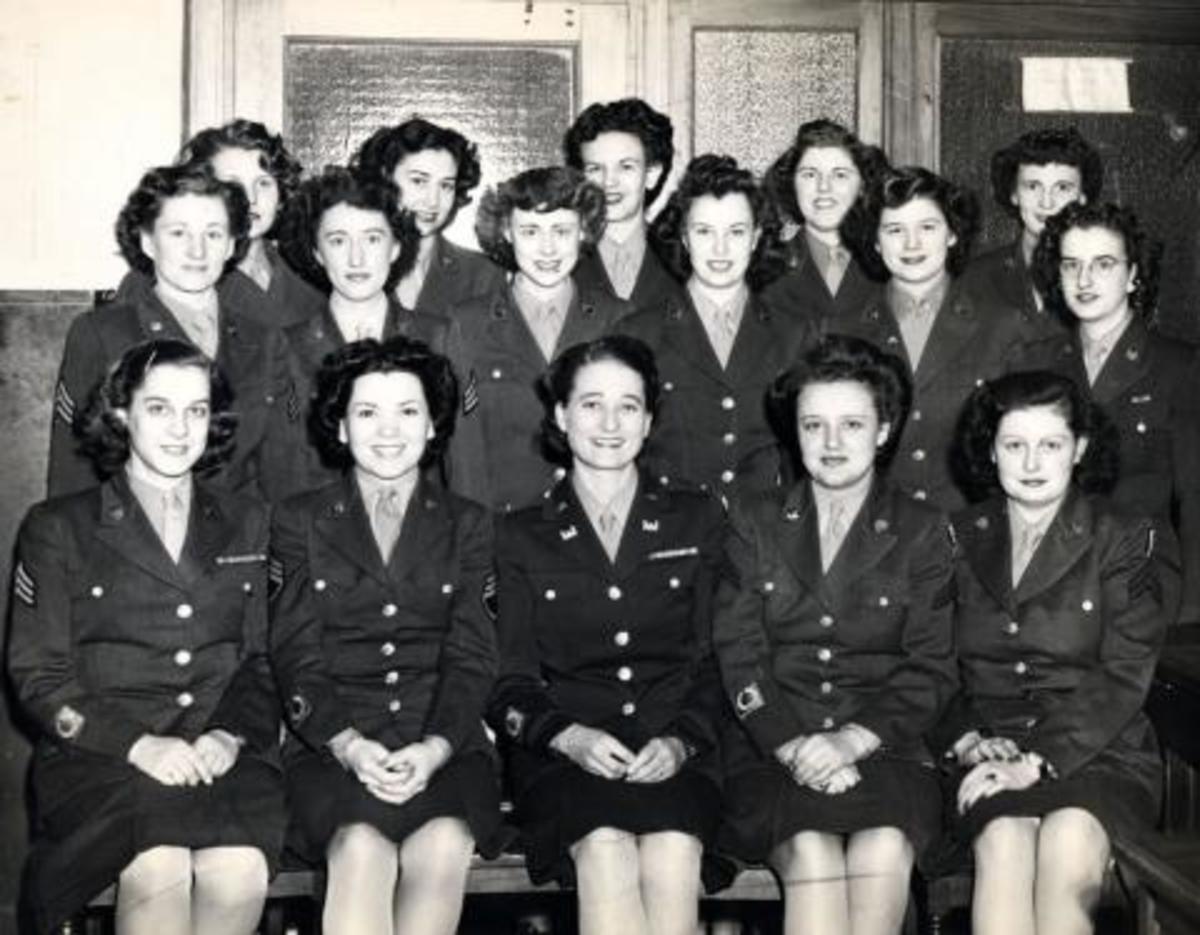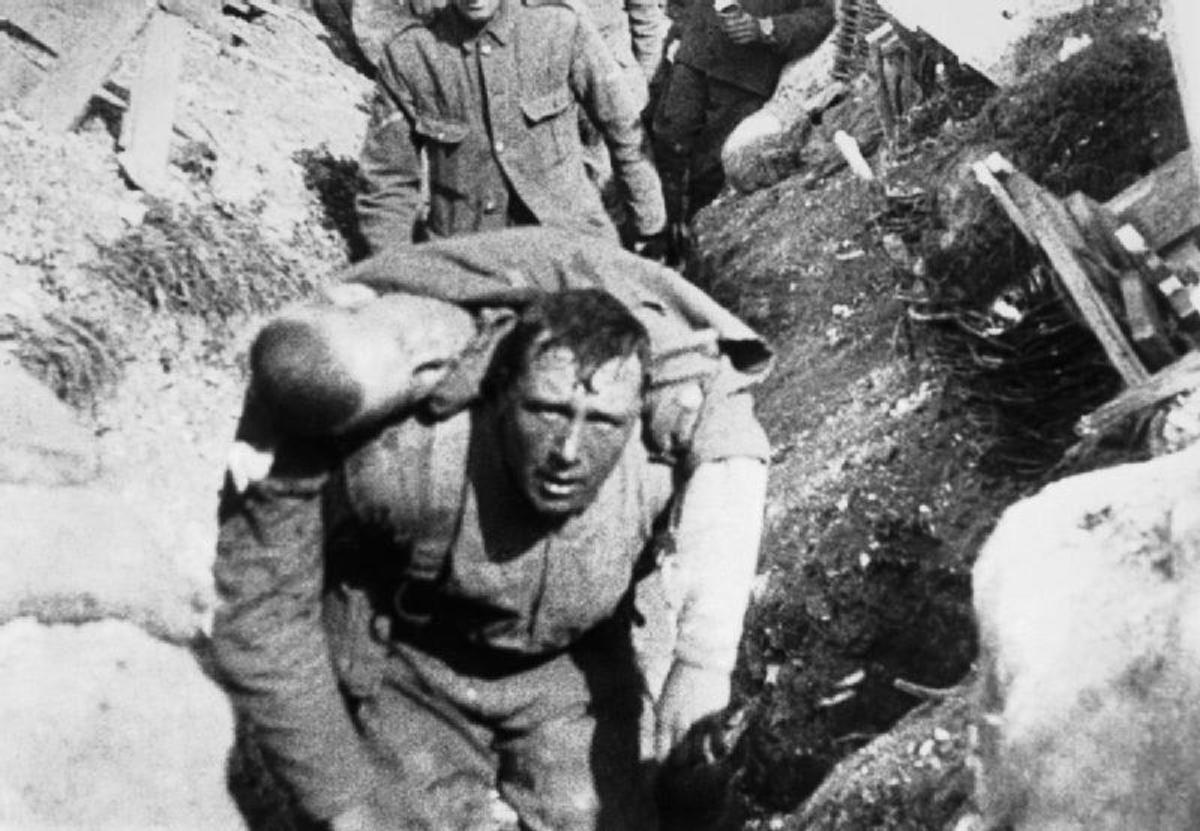- HubPages»
- Education and Science»
- History & Archaeology»
- History of the Modern Era»
- Twentieth Century History
Hearts & Minds - How The U.S. Lost The Vietnam War Before It Even Began PART 1
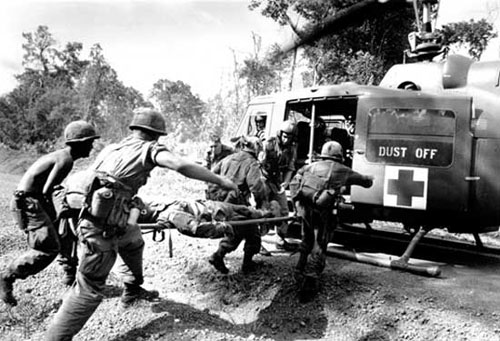
This is part 1 of 3 in a look at the Vietnam War. Click here for part two: http://mabrgordon.hubpages.com/hub/Hearts-Minds-How-The-US-Lost-The-Vietnam-War-Before-It-Even-Began-PART-2, and here for part three: http://mabrgordon.hubpages.com/hub/Hearts-Minds-How-The-US-Lost-The-Vietnam-War-Before-It-Even-Began-PART-3
In 1949, in the eyes of United States policy makers, the country of China “fell” to communism. The Cold War, still in its early stages, had been brought to Southeast Asia. Furthermore, after the Communist Vietminh defeated the French in 1954, the United States turned its gaze towards the country of Vietnam. While the country had been temporarily demarcated under the 1954 Geneva Convention at the 17th parallel, the Eisenhower administration ultimately used this separation to create the Republic of Vietnam. Under the guise of modern-nation building, the U.S. sought to create a viable nation in South Vietnam, with South Vietnamese political purposes responsive to the will of its own people. In the end, however, the U.S. created a nation not of self-serving goals, but of U.S. goals of stopping communism. Accordingly, such goals prohibited the South Vietnamese government from being truly responsive to its people, ultimately leading to further dissent in South Vietnam.
In order to begin such an analytical narrative, one must exhibit the double-sided nature of U.S. aid to South Vietnam, a country that had just shed French colonialist oppression. After the 1954 Geneva Convention, U.S. President Dwight D. Eisenhower sought economic aid to South Vietnam, in order to “assist the Government of [South] Vietnam in developing and maintaining a strong viable state.” Eisenhower further adds, that he hopes such a nation would be “responsive to the nationalist aspirations of its people” (Eisenhower in Gettleman-114). Thus, Eisenhower makes it clear that the U.S. is to deliver aid simply to support a newly created sovereign nation under the will of its own power. But was this truly the case?
In the same declaration of aid, Eisenhower goes on to state that he hopes such a viable sovereign nation would be respected to “discourage” any outside form of government, trying to “impose a foreign ideology on your [Southern Vietnamese] people” (Eisenhower in Gettleman-114). Furthermore, Eisenhower’s Secretary of State, John Foster Dulles, had no qualms about a democratic South Vietnamese government and constitution, so long as they did not “weaken central authority” (Duiker-108), central authority being the United States. Like Dulles, many in Eisenhower’s administration put forth goals of stopping communism before goals of building South Vietnam (Duiker-107). In the end, this equates to more importance being placed on U.S. goals over South Vietnamese goals.
Thus, while the U.S. was to aid South Vietnam in becoming a sovereign nation, it was not without a price. This price was that the goals of such a nation would be along U.S. lines of stopping communism. This idea is reaffirmed when analyzing the areas in the South Vietnamese government to which U.S. economic aid was received. Instead of sending aid into the economy or areas of agriculture to create a self-sufficient nation, the Eisenhower administration delivered aid into areas that helped support U.S. goals: The Army of the Republic of Vietnam, or ARVN. Hence, first and foremost, the U.S. saw the most important goal of South Vietnam as building a military apparatus capable of stopping any threats of communism. Eventually, most of the aid sent to South Vietnam was channeled into ARVN, with the U.S. paying for the entire cost of the army (Scheer in Gettleman-145, 146). With so much aid being channeled to the military, and the U.S. guiding policy, was it even possible for the South Vietnamese government to be responsive to its people?
Ultimately, the answer is no. After having been torn from their ancestral lands - a form of Vietnamese national identity - under the French, the main need of the Vietnamese people was land reform. After Vietnam had defeated the French in 1954, nearly one percent of the population owned half of the cultivatable land in the South (Duiker-109). Hence, the most obvious and vital way in which to respond to the people was to enact land reform.
However, in order to adequately guide South Vietnam, the U.S. had to establish a government responsive not to the will of the Vietnamese people, but to the United States. Hence, the U.S. backed an anti-Communist, pro-American sympathizer, Ngo Dinh Diem. Because Diem was backed by such an overwhelming power as the United States, his policies were not as “lucid” as they needed to be, but “always anti-Communist” (Scheer in Gettleman-117). In the end, Diem, on his own, enacted few such land policies, instead focusing on Communist dissidence in his country. When this dissidence, caused by the absence of land reform, threatened to bring about an upset in the U.S. backed South Vietnam government, the U.S. pushed Diem into making reforms. No better way to achieve this presented itself than to threaten Diem with denial of U.S. economic aid. (Scheer in Gettleman-142). Thus, Diem was ultimately forced into a response to his people. But, because the U.S. forced the regime into anti-Communist policies, Diem enacted a land reform response along anti-Communist lines. This entailed placing rural peoples devoid of Communist tendencies into fortified villages called “Agrovilles.”
In the end, the U.S. tried to create a government able to exist on its own will and of its own goals. With this, the U.S. also tried to create a government focused on anti-Communist policy. Such guided policy left little room for the Southern government to be responsive to its own people. Thus, when Diem ripped people from their ancestral lands only to be placed in Agrovilles, further rebellion was bred, ultimately leading to a full-scale insurgency.
Matthew Gordon is the author of The Thin Blue Line: An In-Depth Look at the Policing Practices of the Los Angeles Police Department &
To Live, To Think, To Hope - Inspirational Quotes by Helen Keller.
© Matthew Gordon, 2011
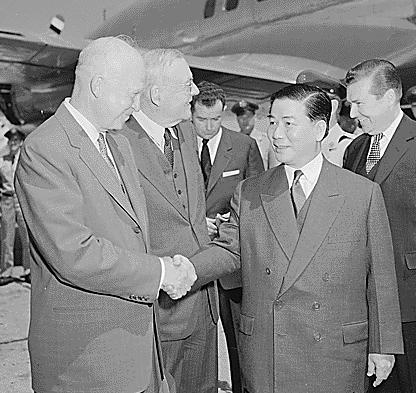
Other Works By The Author:
Sources
· Eisenhower, Dwight D. "A Flawed Commitment: US Endorsement, with Conditions, of Ngo Dinh Diem (1954)." in Vietnam and America. Ed. Marvin E. Gettleman, Jane Franklin, Marilyn B. Young, & H. Bruce Franklin. New York: Grove Press, 1995. 113-114.
· Duiker, William J. Sacred War: Nationalism and Revolution in a Divided Vietnam. New York: McGraw-Hill, 1995.
· Scheer, Robert. "Genesis of US Support for the Regime of Ngo Dinh Diem." in Vietnam and America. Ed. Marvin E. Gettleman, Jane Franklin, Marilyn B. Young, & H.Bruce Franklin. New York: Grove Press, 1995. 115-129.


